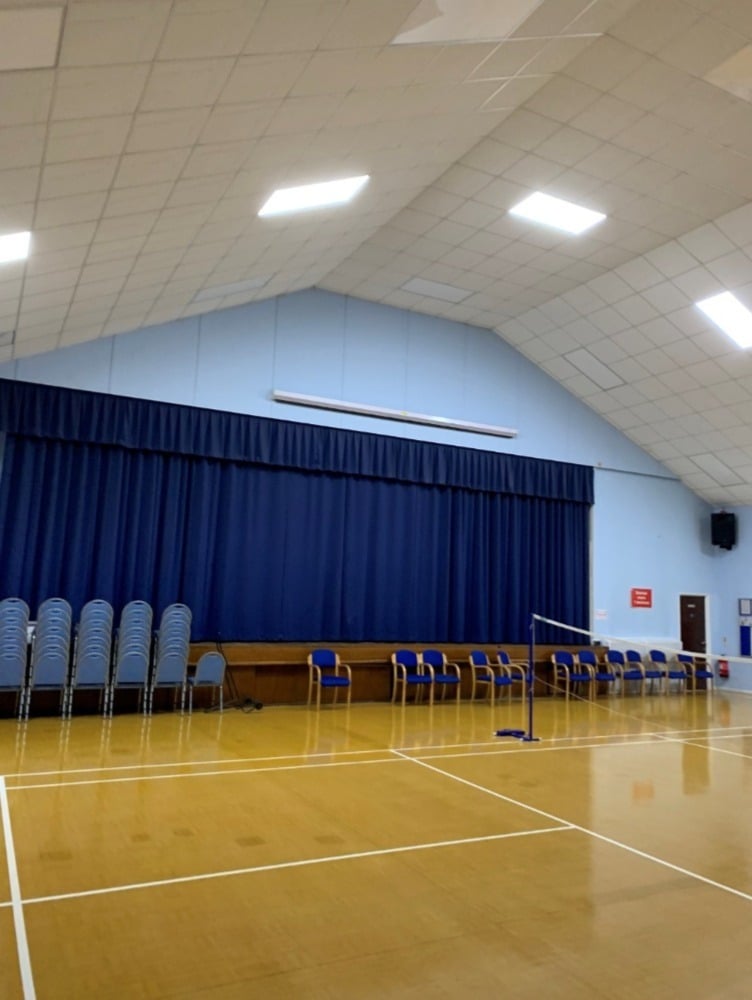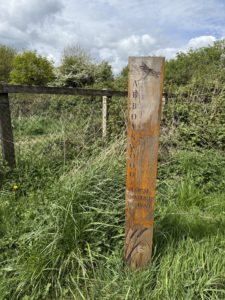With the burden of energy costs only rising, what can community building owners do to keep their bills as low as possible and save themselves the headache?
There is no escaping the ever rising concerns around energy bills and their impact on day-to-day living. And while there are many ways that as an individual you can cut down on your energy costs, the advice is slightly murkier for those in charge of communal spaces. Yet if you run a community hall, a scout hut, a village hall, a local church, a club centre, an association space or… Well, the list goes on and on… You’re probably starting to get slightly tetchy.
Which is why we wanted to pull together this handy guide for you – because there are ways that you can save on energy in a community building. And we want to show you them.
Where does energy consumption typically come from in a community building?
First thing’s first – it’s important that you know where your energy consumption is coming from in your community building.
Of course, there is no magic answer and every building will be slightly different; but, as a starting point, it’s suggested that typical energy consumption breakdown in community buildings is:
- 70% space heating
- 15% lighting
- 10% other electrical appliances
- 5% water
Which leads us to our first tip…
1. Do a building runaround.
Do an audit of your community building. This is a brilliant place to start as it enables you to precisely pinpoint your current situation (and how you can make it better). Things to consider include:
- The fuels used for all your different types of heating, electricity and water
- What glazing your windows are
- Current modes of insulation
- Pitch of roof
- Any draughts
- Typical temperatures (have you ever had any complaints about it being too hot or cold?)
- What appliances you use and whether these are left on overnight
- Lighting levels
And the list goes on!
Work your way around top to bottom so that you have a comprehensive list ready to work from.
2. Think about your cleaning schedule.
Typically, a community building will require its own cleaners – and think about it; as the cleaners work their way through the building, they’ll be flicking the lights on, off, on and off again in the process.
So, start here. You could switch your cleaners to daytime shifts to stop the need for lights entirely, or install occupancy sensors that will flip the lights on and off as necessary (ensuring none are left on accidentally).
3. Look into physical improvements.
There are countless ways that you can adjust your energy usage, many of which come from actual improvements and additions to your current building structure. For example:
- Enhancing your insulation – think roofs, windows, walls, sealing gaps and floors
- Improve your water situation – update your water and heating systems, insulate hot water pipework and implement new heating controls. You should also look into overall water consumption, leaky taps and how you can harvest water
- Level up your lighting – explore sensors, low energy bulbs and locate new workstations / socialising spaces / community spots close to natural lighting
- Elevate your electrics – update, update and update again all of those old appliances!
4. Behavioural change matters.
It’s all good and well making your own changes to save energy in your community building, but what about the users?
Community buildings are often empty a good deal of the week, but they’ll be used by large numbers of people when they are occupied. That’s why it is SO important to make it as easy as possible for users to contribute to your energy efficiency.
This could be as simple as adding a poster above a lightswitch encouraging people to turn them off when leaving the room or delivering a training session on all the ‘how to’s of keeping your building as energy conscious as possible. Raising awareness of how and why you want to save energy is a fantastic way to make it a reality.
5. Involve your community.
Similarly, don’t forget – people love to feel a part of something important.
A really beneficial and popular tool that we see community business owners using is to set up energy efficiency steering groups. These groups would act as a committee, all playing a key role in creating a more sustainable landscape through the buildings and its users.
Occupants who are passionate about what your building provides as well as environmental goals overall could put themselves forward to become a core member of the team. This way, you get to work with lots of bright minds and have a far wider influence.
6. Buy thicker curtains.
This may seem like an odd one, but it makes all the difference! Thick curtains layered over your windows and external doors will keep draughts out and warm air in. It’s a super simple change that will drastically improve the heating maintenance in your building.
7. Make sure you’ve chosen the right type of heating.
9 times out of 10, there are ways to heat your building more efficiently. The aim is to make sure you are never heating underused or unused parts of your community building. A few ways to do this are:
- Minimising the space you ‘work’ in – could you drive all activity into one of the smaller rooms?
- Use individual heaters – infra-red or halogen heaters are great to heat individual rooms rather than the entire building
- Turn the radiators DOWN – thermostatic radiator valves help you control this
- Don’t let it get damp – in doing all of the above, make sure your building is never left unheated for too long… otherwise you’ll be dicing with the D word!
8. Secure the support of an energy consultant.
If you feel like you need an even deeper dive (and a bit more hand holding), an energy consultant will come into your community building and take a full, holistic look at it. They’ll tell you:
- Where you’re losing heat
- Where you could improve insulation
- How you could cut your energy costs
- How your building could be more sustainable
They really are called ‘the professionals’ for a reason – this is what they do, day in and day out.
And they? Well, we happen to be one of them.
Here at Buildpass, we pride ourselves on our ability to help progressive architects, developers and self builders deliver low energy, zero carbon construction projects in a simple, cost effective way. This means that we know exactly what a person or business needs to do to minimise their energy consumption, reduce their carbon footprint and save serious money.
YOU MIGHT LIKE: WHAT MAKES A GOOD ENERGY CONSULTANT?




















